|
The Lunar Prospector.
Lunar Prospector was received on the 18 Jan.1998. The main carrier on 2273.0 MHz +/- dopler
was about 10 dB above noise [on a 2.3kHz bandwidth]. Subcarrier was marginal to 4 dB above
noise on 2274.02 MHz +/- dopler [also on a 2.3KHz bandwidth].
An occultation was observed on 18 January, at 01:40 utc (aprox.time) lasting for about 47
minutes as predicted by NASA
Mission Status Report #10.
Equipment used on this experiment was: Antena 5.6m dish underiluminated (down to 4m)
by a LHCP helix feed. Home built converter (DMK's Ham Sat SMode Converter
modified to 2273 MHz) located at feed point, NF was 0.9 dB aprox. (1st device MGF1303).
First IF used was at 192.8 MHz followed by a second conversion to 28.0 MHz (using a R&S
signal generator on 164.8 MHz as the LO). The demodulating final rig was a Kenwood TS850.
|
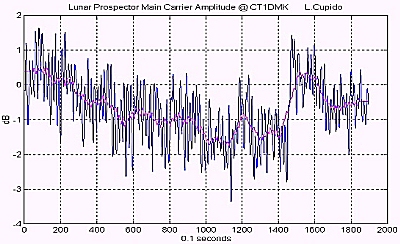
Amplitude variation on the Main Carrier.( The fast (apx. 1 sec.) and
slow (apx. 20 sec.) fadings are due to spin movements of the spacecraft. An antena aiming
correction was done at about second 143)
|
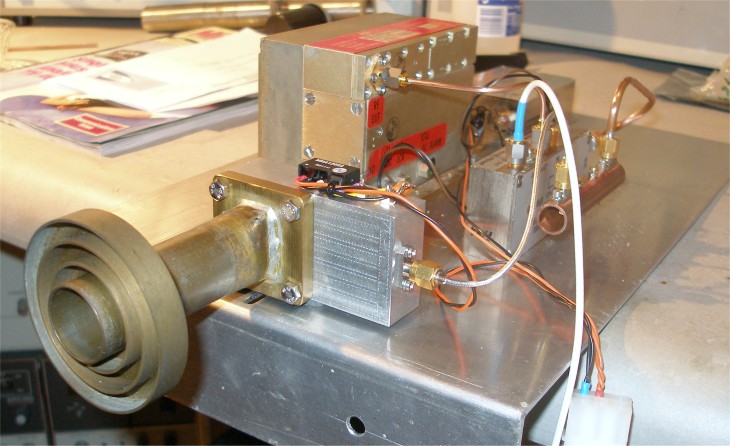
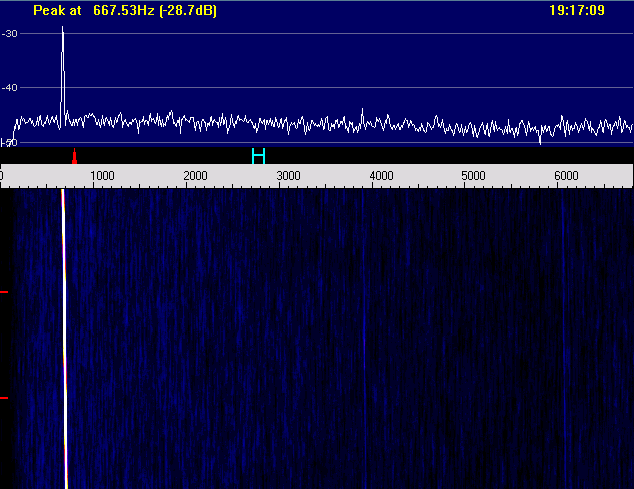
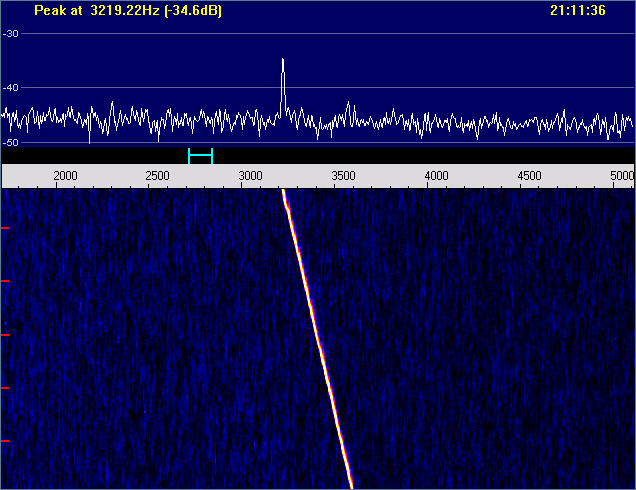
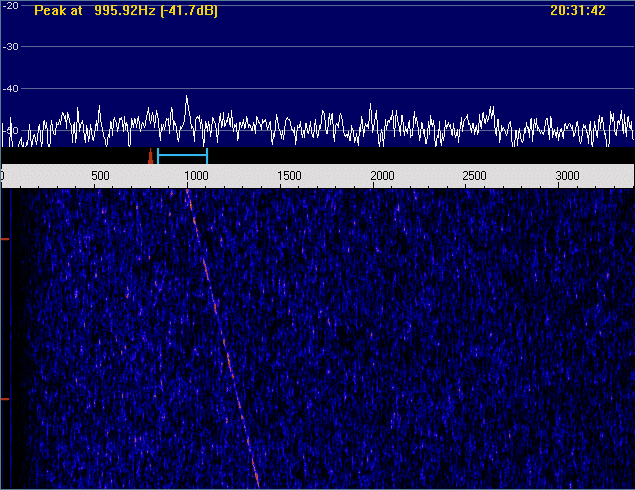
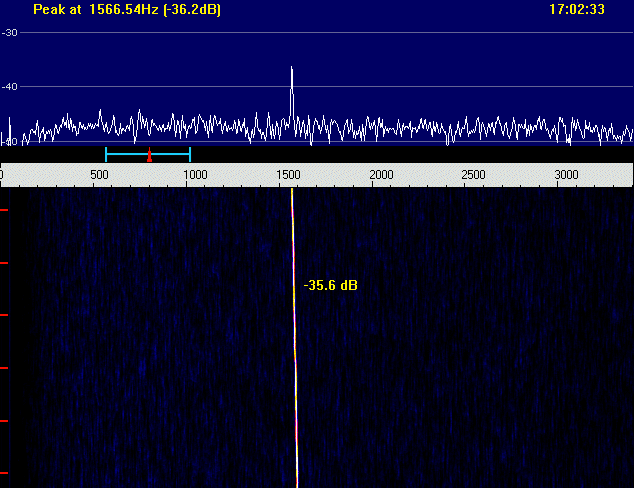
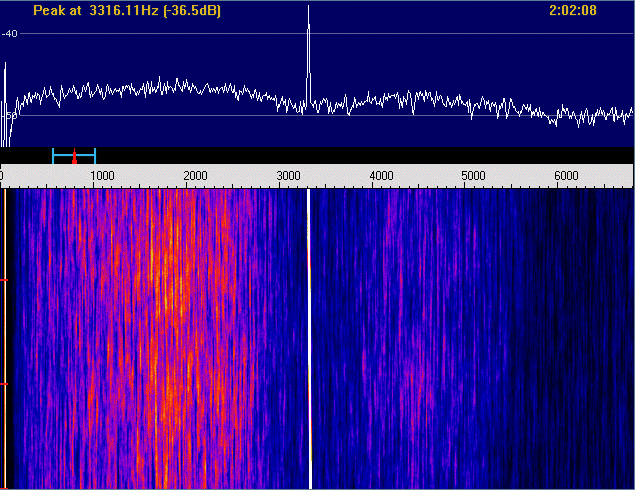
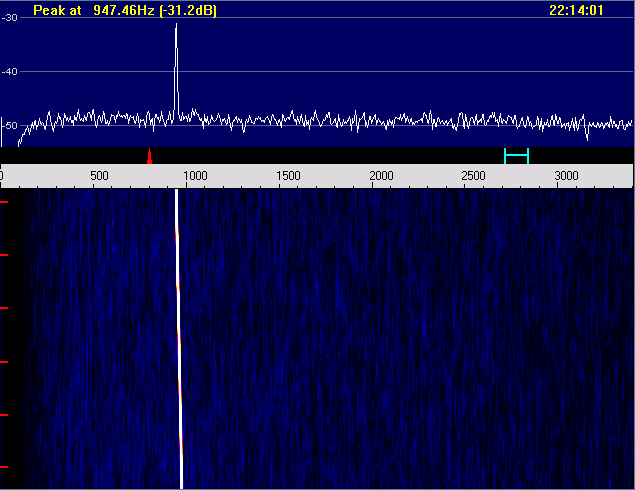
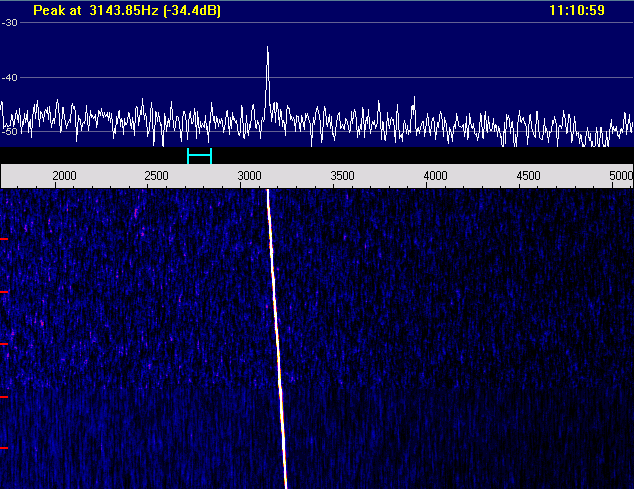
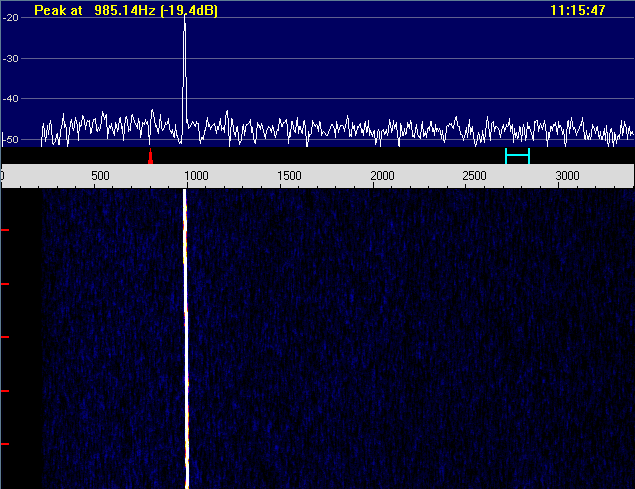
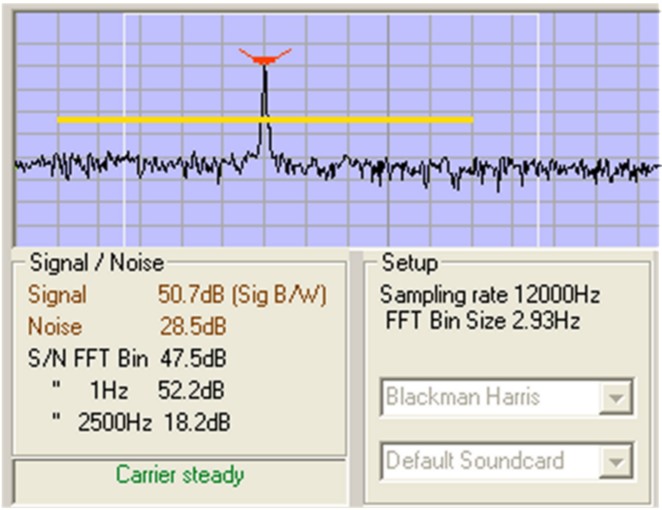
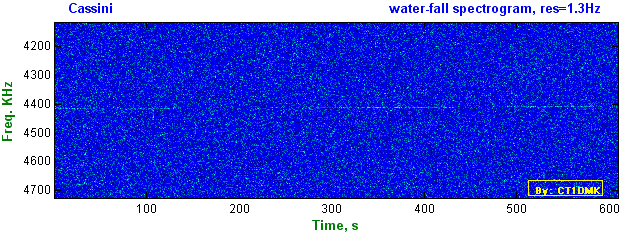
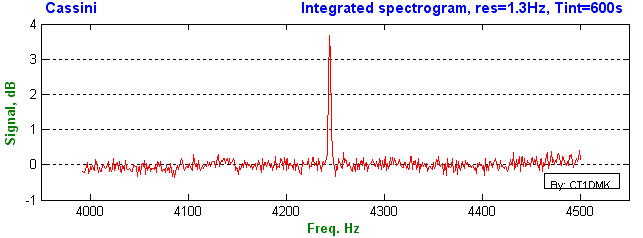
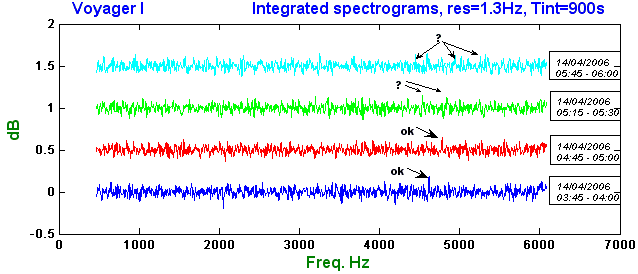
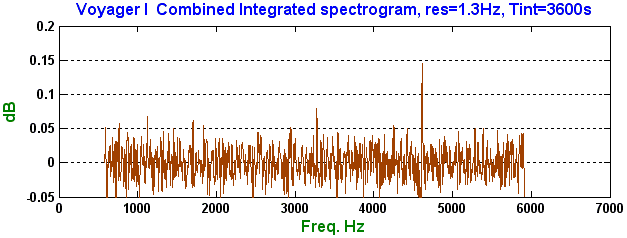

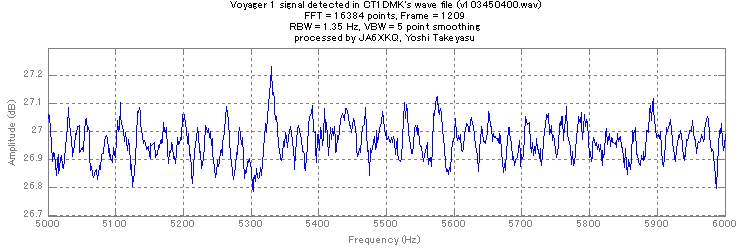

 Luis Cupido
Luis Cupido